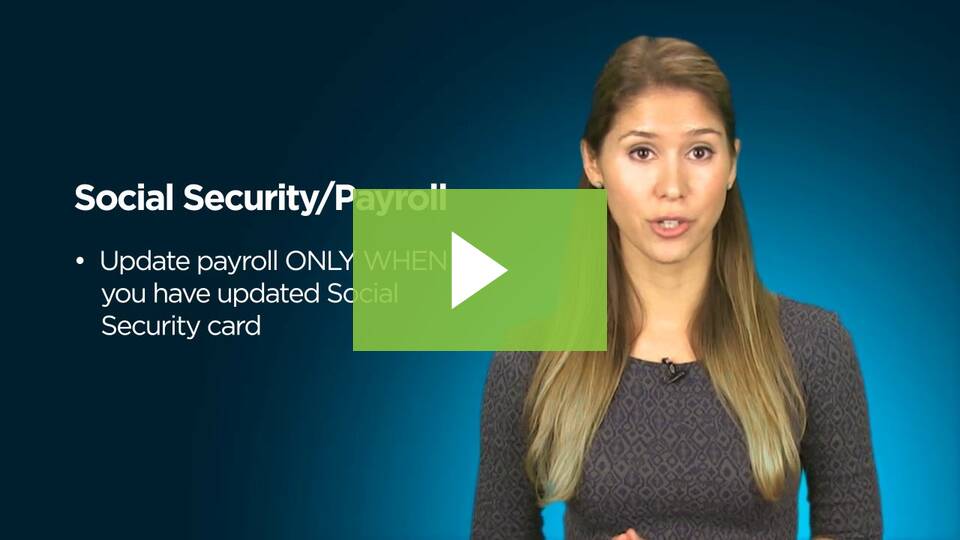Federal Judge Upholds Hospital Transparency Rule
|
|

On Tuesday, June 23, 2020, District Judge Carl Nichols ruled in favor of the Trump administration’s final rule requiring hospitals to disclose their negotiated prices. The rule was released on Nov. 15, 2019, and set to take effect Jan. 1, 2021.
However, in December 2019, the American Hospital Association (AHA) filed a lawsuit attempting to block the rule’s implementation, stating that the requirement to disclose negotiated prices violated their First Amendment rights.
Nichols ruled that it was within the Department of Health and Human Services’ (HHS) scope to require the disclosure of these negotiated rates, rejecting the AHA’s claims.
What’s included in the final rule?
Hospitals will be required to provide easily accessible billing information to patients. This means having all standard charges available online and in one single data file that can be “read by other computer systems,” according to a Centers for Medicare & Medicaid Services (CMS) press release.
The charges listed would include “the gross charges, payer-specific negotiated charges, the amount the hospital is willing to accept in cash from a patient, and the minimum and maximum negotiated charges,” according to the initial press release about the final rule.
As part of the final rule, CMS was granted more authority over enforcement. Specifically, the department has greater capability to audit hospitals and issue fines of $300 per day to those who are noncompliant.
What’s next?
The rule won’t be effective until Jan. 1, 2021. In that time, hospitals will be working to make the applicable data available online, if it isn’t already. The AHA is expected to appeal the ruling, which could potentially delay the rule’s effective date.
|
|
Preparing for an Effective Virtual Meeting
|
|

The demand for virtual meetings increased as the coronavirus (COVID-19) pandemic closed offices, introduced social distancing and halted business travel. As the COVID-19 threat shifts and offices reopen, virtual meetings will continue to be a viable way to conduct business with employees, customers and other stakeholders.
Virtual meetings require more planning than in-person meetings to be effective. To ensure a successful and productive virtual meeting, keep in mind the following steps before the meeting even begins:
- Choose the technology—There are many web and videoconferencing platforms available, so find the right software and features to support your business. Choose one platform and stick to it. After attendees download the platform once, it’ll be easier to join meetings later.
- Create an agenda—Attendees may have a full calendar, so be clear on the purpose of the meeting and provide a timed agenda with topics and assigned facilitators. This will help invitees decide their attendance if they have multiple meetings at the same time. Share this prework at least 48 hours in advance.
- Establish ground rules—It might be helpful to have an agreed way of working, such as stating your name before talking or muting when not speaking. This helps keep the meeting efficient and remove distractions.
- Test the technology—It’s important to join the meeting at least five minutes early to test your connection, microphone and video.
- Look professional—If using video, present yourself with appropriate grooming, hygiene and attire. That means mirroring what you would wear in person and keeping in mind whether it’s an internal or external meeting.
When it comes to virtual meetings, it’s crucial to invest in preparedness. Setting expectations beforehand can go a long way and positively impact a meeting’s effectiveness.
|
|
DOL Proposes Updates to Mental Health Parity Self-compliance Tool
|
|

The Department of Labor (DOL) has proposed updates to a self-compliance tool to help improve compliance with the Mental Health Parity and Addiction Equity Act (MHPAEA). The MHPAEA requires parity between a group health plan’s mental health and substance use disorder (MH/SUD) benefits and medical and surgical benefits.
Federal law directs the DOL to make a document publicly available to improve compliance with MHPAEA, and to update this document every two years. The DOL last updated the MHPAEA self-compliance tool in April 2018. The proposed updates to the self-compliance tool include:
- New guidance from FAQs Part 39 on MHPAEA compliance;
- More compliance examples, including explanations of how violations of the MHPAEA can be corrected;
- Best practices for establishing an internal compliance strategy that promotes the prevention, detection and resolution of potential MHPAEA violations; and
- Additional examples of treatment limitations encountered in recent enforcement efforts that may be warning signs of a potential MHPAEA violation.
The DOL is requesting comments on the proposed revisions by July 24, 2020. After considering all feedback, the DOL will issue a final self-compliance tool with any necessary clarifications in response to the comments.
Employers should consider using the DOL’s mental health parity resources to understand the MHPAEA’s requirements and review their plan designs for compliance.
|
|
HR Action Steps for Employee Name Changes
|
|
With the summer wedding season underway, many employees may soon be changing their names. As a result, in the coming months, it is critical for employers to ensure that each employee's name is accurately reflected on required forms and internal records. Watch the video below to learn how to stay compliant.

For additional HR guidance, visit our Human Resources section.
|
|
|
|